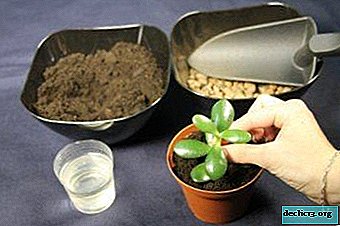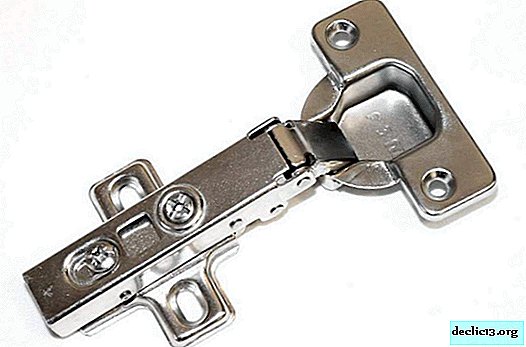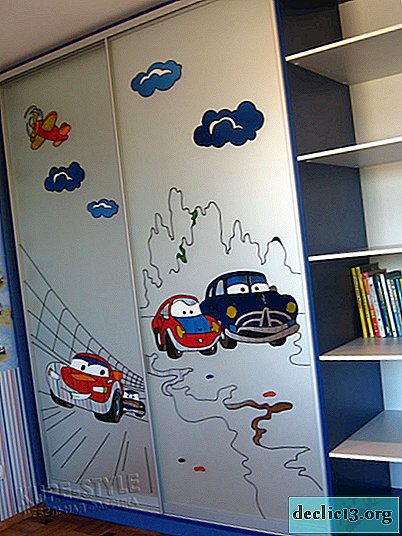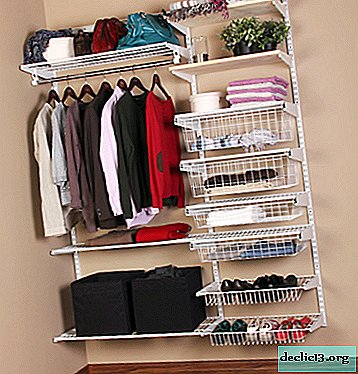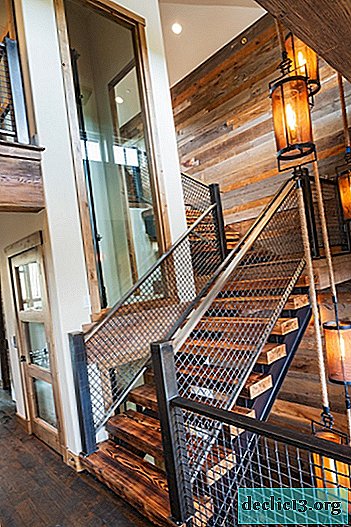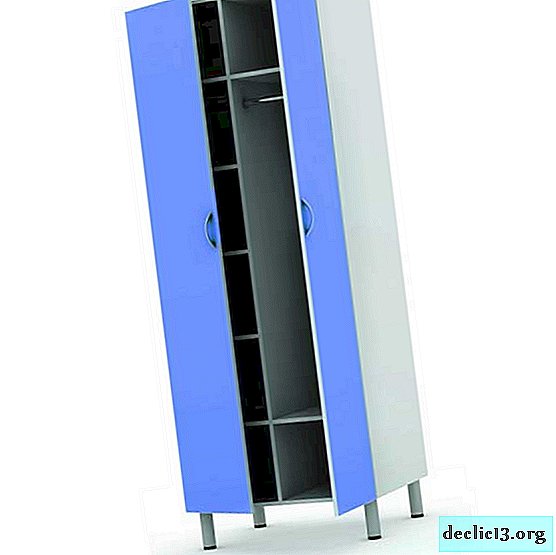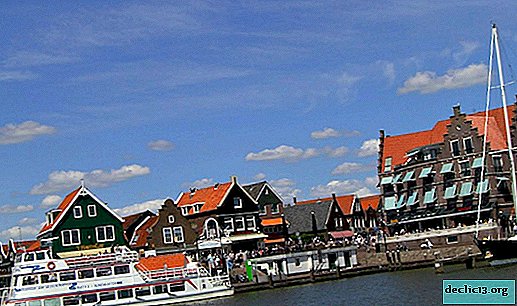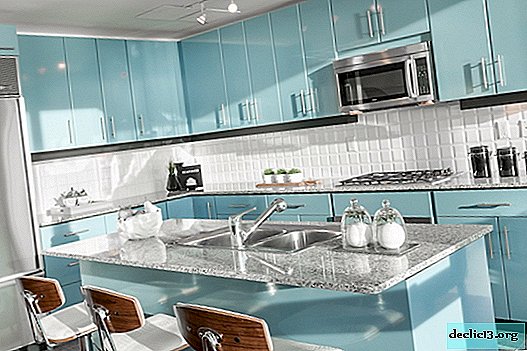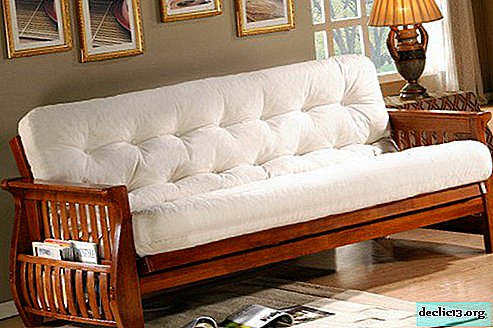Glass kitchen: tables, apron and facade in the photo
Glass kitchens are a relatively recent design work, which is rapidly gaining its popularity, and, above all, very spectacular and stylish. In addition, glass kitchens are extremely durable, because For their production, heavy-duty tempered glass is used.
The main advantages of a glass kitchen
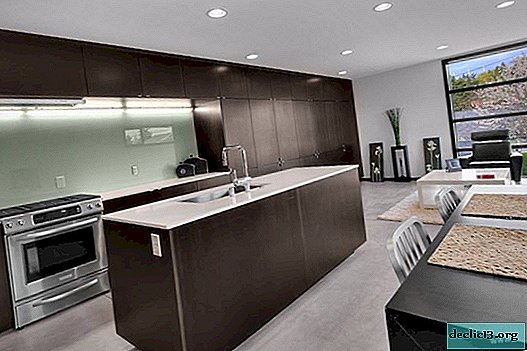















Kitchens made of wood are significantly inferior to glass, for which there are a number of reasons:
- durability is the main advantage, because wood kitchens have a shorter service life due to the natural characteristics of the material - wood is poorly resistant to high humidity, which is abundant in the kitchen, and cheap furniture from laminated chipboard swells over time, in addition, the film delaminates;
- special strength - due to the fact that the glass is tempered at the preparation stage, which strengthens it several times, no scratches remain on the surface of furniture made of such glass;
- ecological cleanliness - the material from which the glass kitchen is made is sand with special additives, as a result of which the furniture made from such glass is absolutely non-toxic and harmless in everyday life, it is completely devoid of any extraneous odors


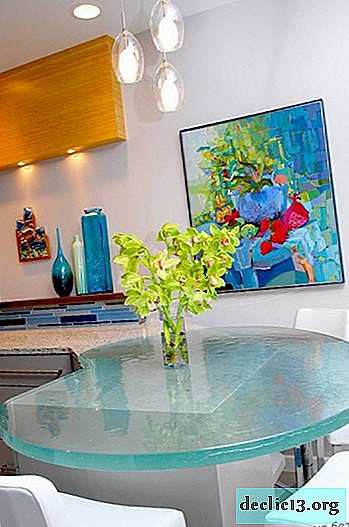





The advantages of glass facades

There are a number of requirements that kitchen facades must meet in addition to their decorative properties. Indeed, in this room the conditions for the use of furniture are the most severe than in other rooms. The kitchen has increased humidity, a higher temperature, and there are also phenomena such as splashes of water and grease, in connection with which, kitchen facades are especially susceptible to various contaminants and need protection that can ensure compliance with basic requirements:




- strength of facades;
- resistance to high temperatures (this is especially true for cabinets located close to the oven and above the hob);
- resistance to high humidity;
- resistance to mechanical stress

Kitchen facades from triplex fully meet all these requirements, because possess a huge number of important advantages. They can be both transparent and colored. Despite the fact that they look very thin and graceful, they are unusually durable and able to withstand loads similar to marble slabs. To break such a glass is also not easy enough, moreover, it will not crumble into fragments, but simply remain inside the frame. Among other things, the use of triplex facades opens up great opportunities in the field of creating a unique and original kitchen design. By the way, photo printing is wonderfully applied to the glass surface, which helps to create the individuality of the home. In addition, an apron with a picture can be obtained using a decorative vinyl film, and you can also create an image in the form of a poster, which is located between two layers of glass.




In glass kitchen facades, perhaps, there is only one significant minus - this is a rather high price. And, of course, glass is a more fragile material than laminate, mosaic, MDF or artificial stone. Again, if you use tempered glass, then the second paragraph simply will not be.
Features of the glass apron

As you know, an apron is a coating of the working wall that protects the surface from unwanted effects in the form of steam, moisture, and also splashes of fat. Usually this coating is made of MDF, artificial stone or ceramic tile. The apron made of glass represents a wonderful alternative to these materials, as unusually practical and hygienic.

You can make a glass apron in the form of a single panel without joints or assemble from large parts to get the minimum number of seams, because various dirt is usually clogged in them. Glass apron is especially good for small kitchens. visually expands the space, reflecting objects in the room.

The ease of installation, which can be done independently, is also one of the advantages of this choice. The only thing you should not forget about before ordering a glass apron is to consider all the openings for the sockets, as well as the fasteners, as in tempered glass, additional holes will no longer be possible to make.

The main disadvantage of the glass apron is the thorough preparation of the surface, which should be perfectly even - this is necessary for installation. In addition, the disadvantages of an apron made of glass are its relative fragility (if not tempered glass is used) and a rather high cost.
Features of the glass table








The glass table in the kitchen represents a truly universal solution. And that's why. Firstly, due to modern technologies, glass furniture is made as safe, reliable and stable as possible today. Secondly, a glass table is much lighter than a wooden one, this is especially true when you need a large table in the kitchen. Thirdly, glass furniture is amazingly spectacular, and a transparent glass table looks simply weightless, which is ideal in cases where it is necessary to "lighten" the space.

Countertops for kitchen tables can be transparent, matte or tinted glass. Frosted glass is endowed with a light greenish tint. If this is undesirable, it would be better to purchase a table where the tabletop is tinted in a suitable color.
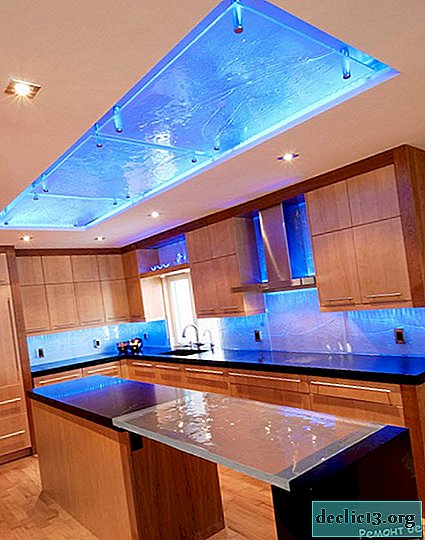
The underframe and legs are usually wooden or chrome, although in some cases they can be made of plastic, forged or wicker. If the kitchen is in high-tech style, then aluminum or chrome legs and underframes are perfect for this interior complete with plastic or chrome-plated chairs.

Glass in the countertop may be framed. In this case, the frame should be made of the same material as the underframe. Often the underframe can be supplemented with a shelf, it is usually frosted by sandblasting. If the underframe and legs are made of wood, then such a table will fit perfectly into the classic style of the interior. A tabletop framed in a wooden frame will ennoble the table, while classic wooden chairs will wonderfully complement the interior.
A glass table with a wicker tabletop and rough wood will be harmonious in the ethnic style of the interior. The chairs should be similar.

Curly forged legs fit perfectly into the style of country or Provence. Thus, the glass table is truly universal and perfectly harmonizes with most styles, as the glass top only carries its function, while remaining virtually invisible, and dictates absolutely nothing to the interior.
Colored worktops are more eye-catching, where color emphasizes style. For example, a black table is perfect for an interior in the Gothic style. In general, I must say, the black color in the kitchen gives the interior a more luxurious and expensive look.

The color of the countertop can be absolutely any, including bright - such a table will become the main emphasis on a monochrome kitchen. Colored glass worktops are perfect for contemporary style as well as colorful pop art.

The disadvantages of glass tables include things such as a relatively high cost, as well as transparency, i.e. the ability to review the lower part of the human body (legs) or an unsightly floor covering. In addition, some may spoil the appetite crashing from the dishes. Glass is a cold material (felt when touched), requiring careful handling and proper care, and also its unsuitability for cooking food on it is a minus.


